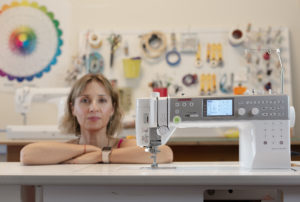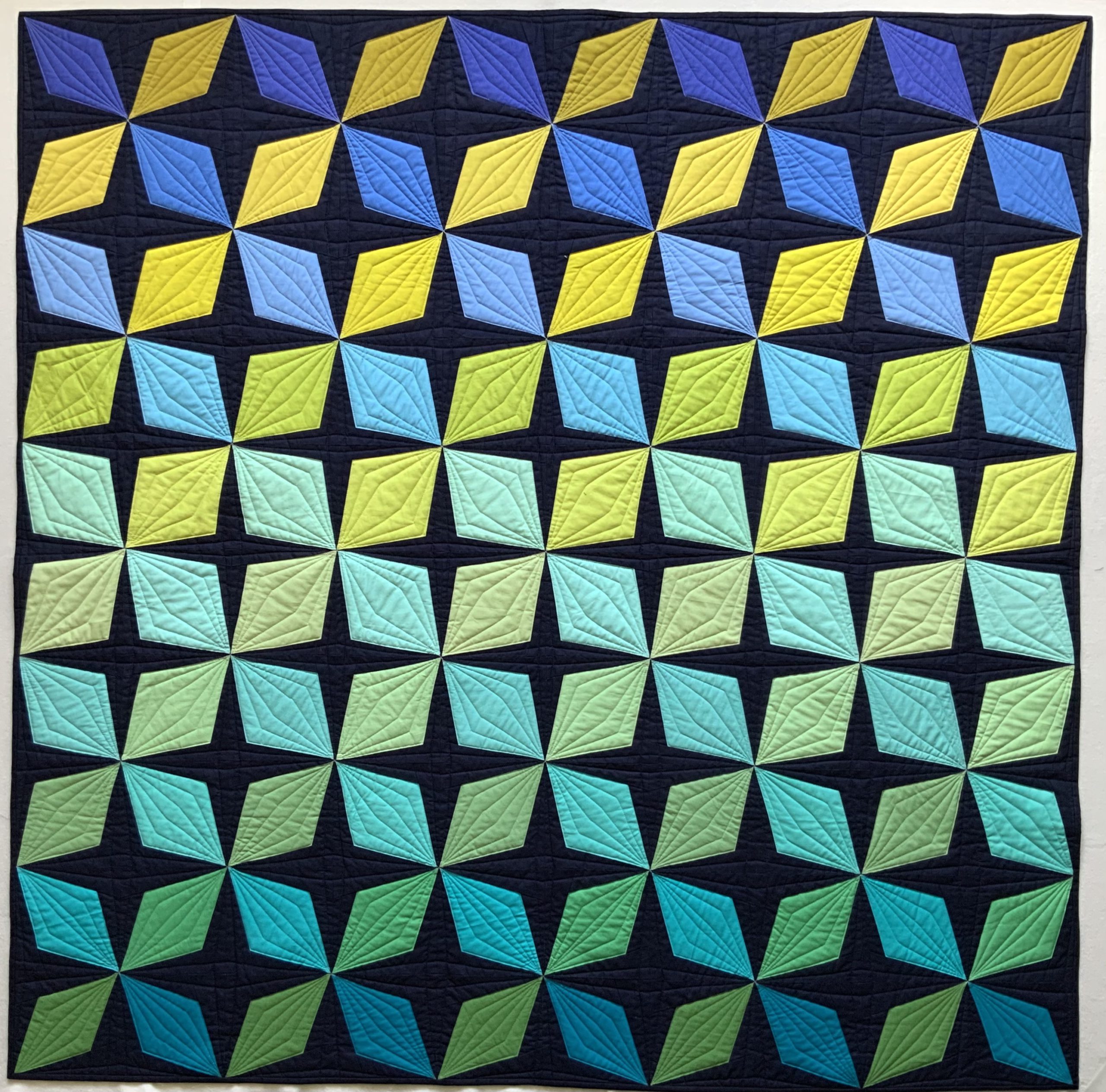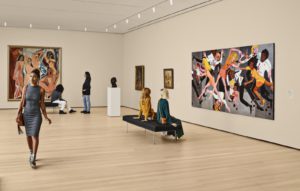How to Start Improv Quilting
Many artists create improvisational works for a wide variety of different reasons. Improvisation
develops one’s creativity, mental dexterity, and thinking skills. It lets the artist explore new
ideas, develop one’s imagination, and create art in the moment without any preconceived
notions or ideas. For some people, improvisation is therapeutic. Other people find improvisation
to be a great alternative to creating something in a rigid form. When it comes to quilting,
improvisation can be a great way to conceive something beautiful, unexpected, and full of
beauty and vibrancy. Let’s take a look at how to start improvisational quilting.
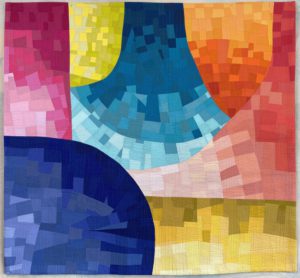
Make sure that you have all the right tools for the trade
When improv quilting, you will need a few supplies on hand. You might have these as part of
your regular quilting or sewing practice. You will need a 24” ruler, a square ruler, rotary cutter,
and mat. Furthermore, you will need a sewing machine with different types of feet, a place to
assemble your creations, and pins. Moreover, you will also need colored thread and neutral
threads to match your fabrics. However, the most important thing you will need for
improvisational quilting is an open mind.
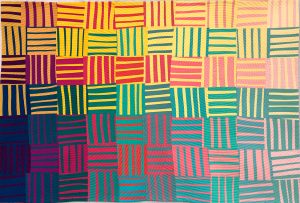
Become acquainted with other improvisational quilters
The world of quilting is very large. Every month, you can find quilting festivals throughout the
United States. Many of these festivals feature contests and showings for modern quilts. At these
festivals, be sure to speak with some other improvisational quilters who are presenting work.
You will be able to look at their quilts, speak to them about what they are working on, and learn
tricks of the trade that you can bring into your own approach.
Check out a few books by improvisational quilters
Learning from some great quilters will help you get into improvisational quilting. There is a great
book called The Improv Handbook for Modern Quilters: A Guide to Creating, Quilting, and Living
Courageously, by Sherri Lynn Wood. Gwen Marston also has a book called Liberated Quiltmaking. In
these books, you will be able to explore techniques, look at different quilts, but most importantly,
be inspired by some of the great inspirational quilters.
Visit a museum
You don’t need to limit yourself to fabric and textile museums. In any art museum, you will see
artwork that is a great place to get inspired. By viewing other people’s work, you will see
finished products with the creator’s perfected technique. When you visit a museum and expose
yourself to creative work, you will develop a palette for what you like.
Learn color theory
Color theory is a great way to learn about how you can use different colors when quilting. A
course like “Playing With Color Value” or “Befriending Colors.” When you learn color theory, you
will learn the color wheel and how colors interact with each other. This helps you work with
different color combinations that you like and create more spontaneity with your quilts.
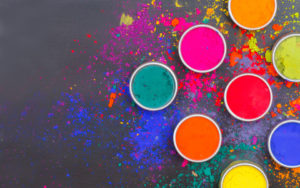
Set aside time each day to quilt
The most important thing you can do when starting improv quilting is set a bit of time each day
to quilt. You’re not going to finish your quilt in a day, but you might finish in a week. When you
are working on your improvisational quilts, you will be able to focus your energies 100% on your
current project. You can have music playing in the background, or you can quilt in silence.
During your dedicated quilting time, you can work on different designs, select your colors, and
work on the piecing activities that will help you make beautiful quilts.
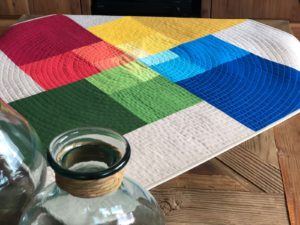
Become more efficient with practice
When you set aside time each day for quilting, you will become more efficient as you perfect
your techniques. If you take the “Curves and Transparencies” course, you will learn how to
create complicated patterns on mini quilts. Working with a smaller quilt at first will teach you how
to quilt more quickly. Soon, you will be able to create larger quilts out of smaller units.
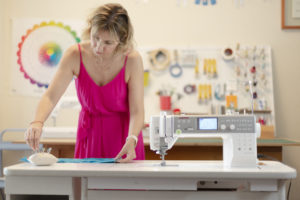
Enter your quilt into a contest
Quilting contests usually bring a lot of benefit to the entrant. Quilters can give themselves a
deadline to finish a piece. They can also use this opportunity to showcase a work that no one
has ever seen. Creating a quilt for a contest is a unique challenge, but also an opportunity to
further your abilities, focus your energies, and receive valuable feedback from other modern
quilters.
Engage in other creative activities
Many of the great artists throughout history also had other interests that nourished their creative
energies. Beethoven was often inspired by his walks out in nature. Arnold Schoenberg
composed music and created paintings, and believed that these creative pursuits sustained one
another.
Many artists also practice things like meditation, yoga, and thought realization to help them relax
and focus their creative energies before they get to work. Incorporating other activities can be
part of a routine before you start quilting, or can be done in the moment.
Keep a journal
Journaling isn’t just a routine for recording each day. When you curate a journal that relates to
your quilting, it can help you reflect on a plethora of thoughts and feelings. In your journal, you
can:
● Sketch and draw patterns that you return to later.
● Reflect upon how you were feeling before you created an outstanding quilt.
● Expend energy and emotion that feeds into your creative routine.
Many artists have a “journal” that also serves as a sketchbook and as a vessel for storing ideas
that might be lost if they did not write them down.
Don’t judge your work in the moment and don’t hold back
As an improvisational quilter, it’s important to silence self-critique and judgment when working.
This is the moment when you are to be spontaneous, work on a design without interruption, and
create something truly unique. Improvisation is your soul speaking to the world, and it’s
important to be in the moment as much as possible.
